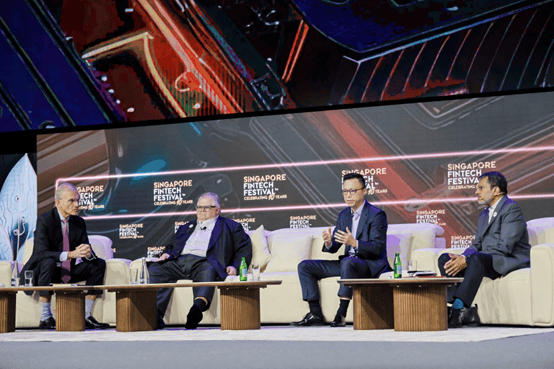
The turbulence of 2020 impacted every sector of business and the financial services industry was no exception. In response to this upheaval, digital transformation emerged as a crucial initiative to help companies stay agile, productive, and be better prepared for the reality of the new future of work. Offering remote working has transitioned from a nice-to-have to an essential arrangement for staff to carry out their roles. But supporting employees with the capability to work remotely is just the bare minimum in the current climate. As Hesham Daabes, CIO at Banque du Caire rightfully points out: “the vision is changing, the game is changing.”
The new dynamic between companies and staff is less about coming to the office and more about delivering milestones. Technology needs to be used not just to allow employees to work from anywhere (WFA) but to measure their digital experience and enhance their time at work. We spoke with Hesham to get his thoughts on Banque du Caire’s digital transformation journey so far and the role of IT in the workplace.

Hesham Daabes, CIO, Banque du Caire
Why is digital employee experience important to Banque du Caire?
“As a company, we pride ourselves on providing firsts. It’s important to the business that our customers have services with us that they simply wouldn’t have access to elsewhere – technology is a vital part of that. Today, for example, we are providing advanced yet simple mobile banking solutions, including diverse Mobile Wallets, demonstrating our commitment to delighting customers and contributing to a positive customer experience that engenders customer loyalty.
A key focus in driving our digital transformation efforts is around employee experience and allowing our supercharged IT teams to take the best possible care of the bank employees serving our customers. We know that the more we empower IT teams to deliver seamless, first class support, the more we’ll be able to provide a superb experience to the bank’s customers.”
How well prepared was Banque du Caire for the increase in remote work last year?
“Prior to the events of 2020, we were already leveraging Nexthink, which helps us support and manage the technology experience of work-from-home users. Following the COVID-19 lockdown this became an especially valuable platform to have in place. We had people working from home and could rest assured knowing their devices were supported. We had full visibility of their service quality and could automate necessary updates.
By giving us visibility of the end user technology experience, Nexthink helped us open the communication channels between IT and our user base. What’s more, it meant we had access to different dashboards that allow us to identify whether or not a user is happy with their service, where the bottlenecks are and what we can do about them. Once you’ve opened up the lines of communication with your teammates, and can know with confidence what they’re actually experiencing, you’re in a great position to improve their technology quality.”
Can you give us an example of how this has helped on a day-to-day basis?
“Just recently we had significant complaints about machines running too slowly. With Nexthink, we found out that more than 1,000 machines were reported for slow performance. As a result, our IT team was able to dig out the exact binary and .exe related to one of the security updates we’d recently rolled out. The team opened the case with the vendor and the vendor then provided a patch that resolved the issues and restored all machines to their normal processing power on the same day. It was a quick and easy fix for an issue that otherwise might have gone unresolved.”
How has the ability to support a highly dispersed user base affected IT’s standing at Banque du Caire?
“Due to its role in facilitating remote work for many employees, IT became Bank du Caire’s champions during the lockdown. Our work was important and appreciated by our colleagues because it was so visibly important to the business and it had a tangible impact on people’s working day.
The bank was able to run with a percentage working from home versus the minimal number of people that had to be in the office, with the same and even higher productivity standards achieved. The senior leadership team also appreciates and understands the need to have a remote virtual environment that people can run anywhere. At this stage, IT becomes a service and business enabler, rather than a support function, and has been crucial to our success in an otherwise challenging year”


